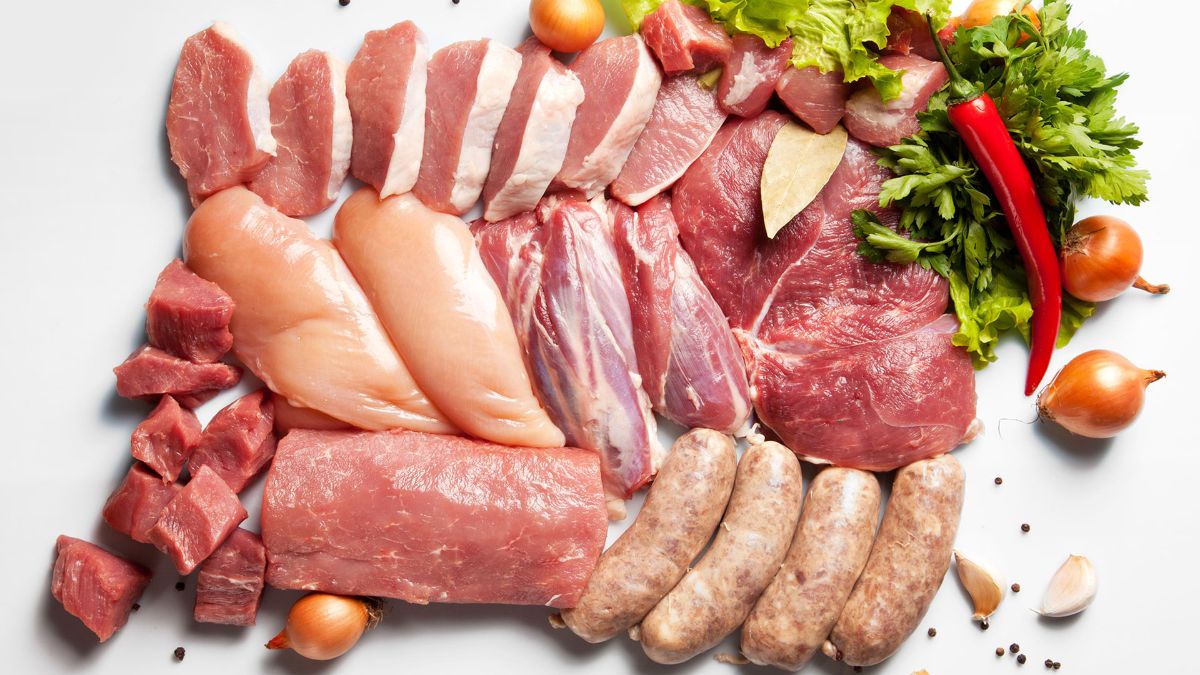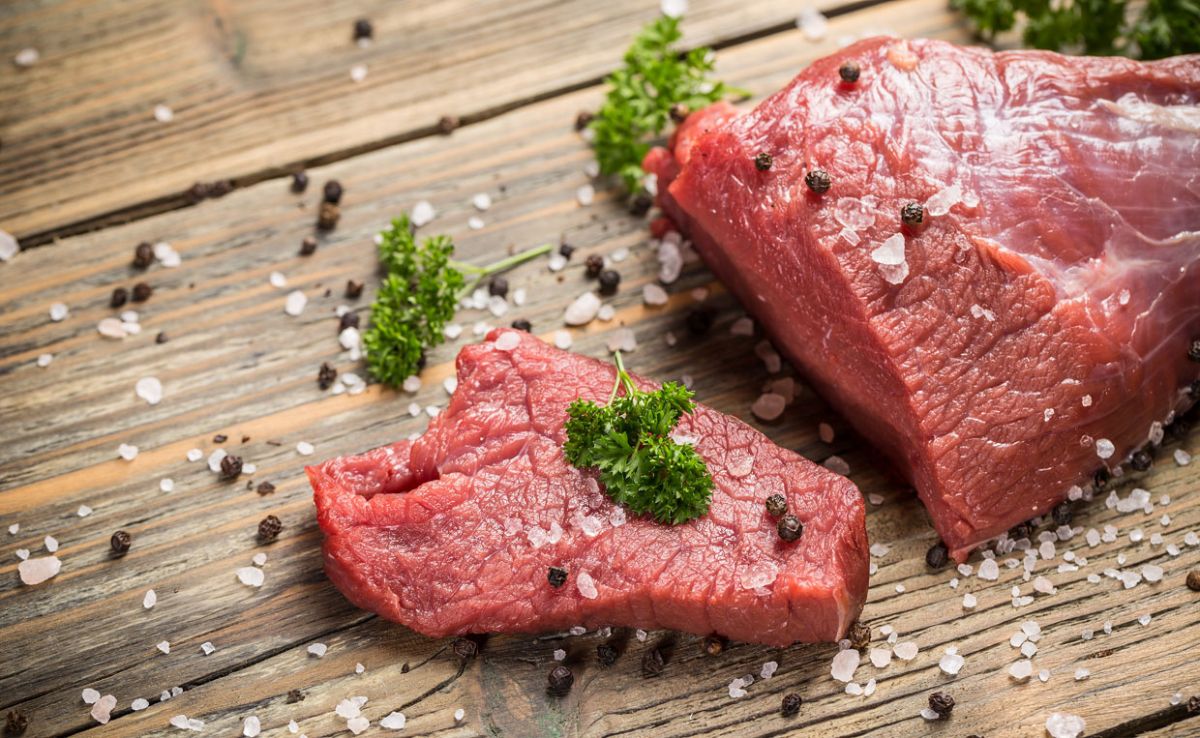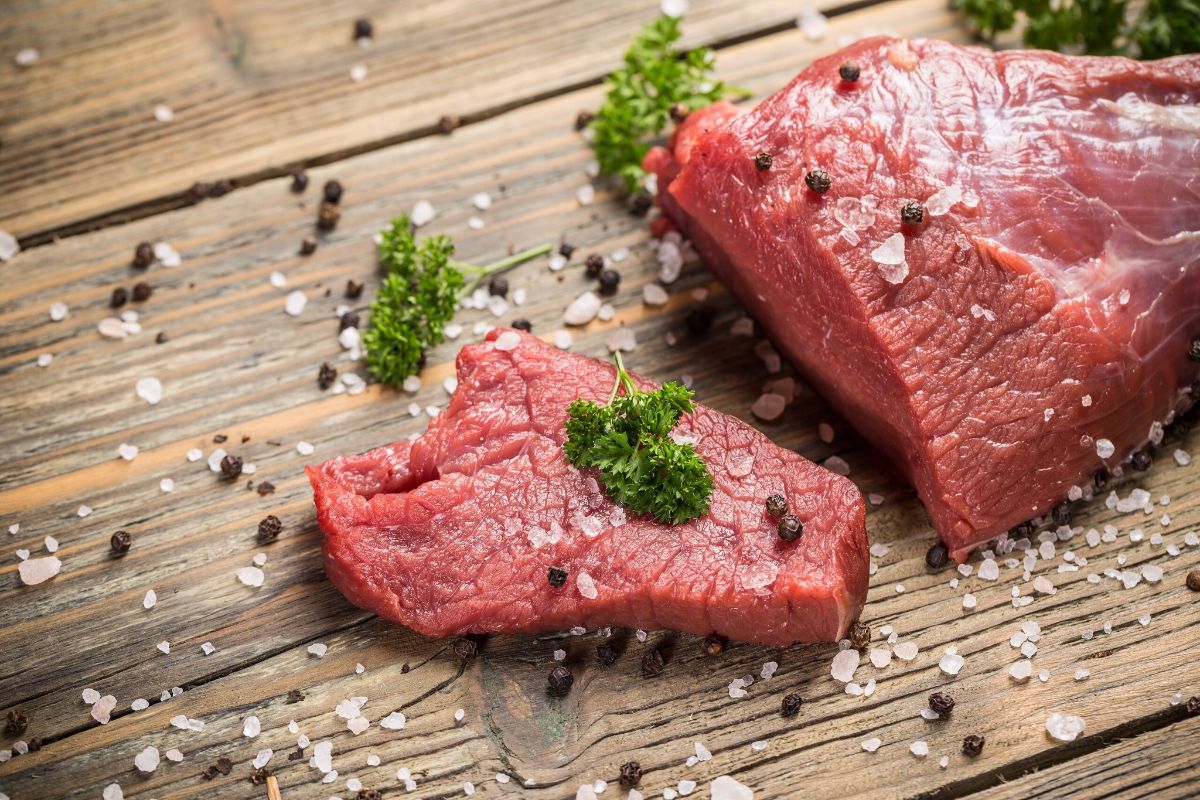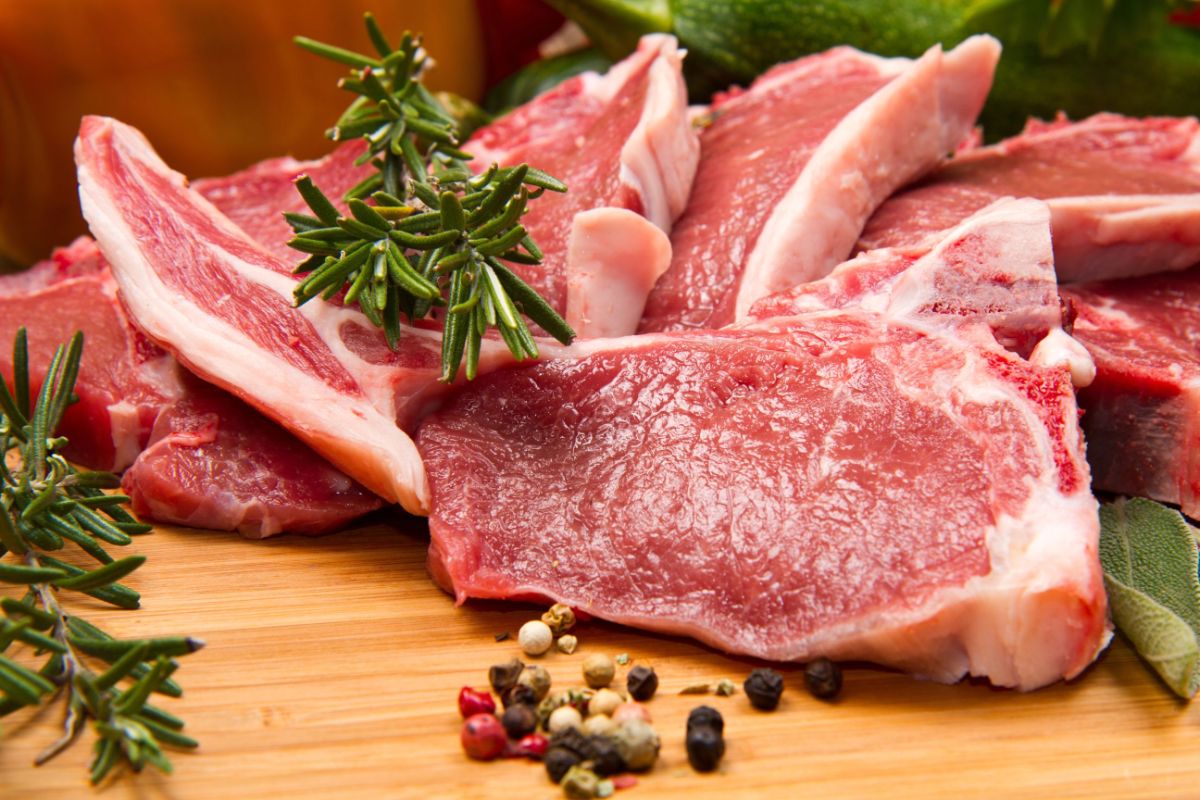What is harmful about meat — 4 theses based on scientific research
Meat is not only one of the most commonly consumed foods in the world, but also one of the most controversial.
On the one hand, it is an excellent source of protein and important nutrients. On the other hand, some people believe that eating meat is not only unethical, but also harmful to health.
There is no clear answer to the question, because there are different types of meat, as well as many ways of processing and cooking. All these factors have a decisive influence on its properties.
This article discusses in detail the potential harm from eating meat.
Content
What types of meat are there

Meat is the muscle tissue of animals that people eat. It provides our body with many valuable proteins (consisting of essential amino acids), as well as a number of vitamins and minerals.
However, the biological potential varies significantly depending on the type of meat, which is classified depending on the animal source and processing method:
- Red. Red Meat is characterized by a high content of protein in tissues – myoglobin, rich in iron. Notable examples are: beef , pork , lamb, veal, goat meat, venison.
- White. White meat contains small amounts of iron, has a lighter (whitish-yellowish) color. The sources are birds: chickens , ducks, geese, turkeys , pheasants, quails.
- Processed. is a special modified product, as it is subjected to drying, salting, and smoking processes, the main purpose of which is to maximize the taste properties. The group includes: sausages, bacon, sausages, salami.
4 harmful properties
According to some scientific studies, meat can carry health risks. Below are the 4 most reliable harmful properties.
1. Increased risk of developing cancer
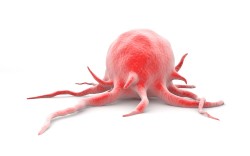 Recent studies clearly show that there is a link between the frequency of meat consumption and the risk of developing malignant tumors. However, the undesirable effects are mainly associated with red meats.
Recent studies clearly show that there is a link between the frequency of meat consumption and the risk of developing malignant tumors. However, the undesirable effects are mainly associated with red meats.
According to the accumulated data ( 1 , 2 , 3 , 4 , 5 ), eating red meat may increase the risk of developing cancer of the following organs:
- Esophagus;
- Of the cardiac department of the stomach;
- Of the prostate gland in men;
- Kidneys;
- Mammary glands in women;
- Of the large intestine (mainly the sigmoid colon);
- Of the colon and perianal area.
It is extremely important to note that the negative effect is most often associated with the inclusion of fried meat in the diet, since a large number of toxic and carcinogenic substances are released during this type of heat treatment.
Eating white meats does not increase the likelihood of malignant tumors. American scientists even revealed the ability of this type of meat to reduce the risk of colon cancer.
2. Cardiovascular diseases
 Experts from Switzerland installed
that there is a direct relationship between the incidence of cardiovascular disease and the volume of consumption of red meats. At the same time, the higher the degree of processing of products, the greater the risk.
Experts from Switzerland installed
that there is a direct relationship between the incidence of cardiovascular disease and the volume of consumption of red meats. At the same time, the higher the degree of processing of products, the greater the risk.
Harvard School of Public Health Specialists identified that eating processed meat increases the likelihood of heart and vascular pathologies by 42%.
However, there are a number of conflicting studies.
For example, Danish scientists discovered the ability of meat to increase the content of high-density lipoproteins ("useful" cholesterol) in the blood, which prevent the formation of atherosclerotic plaques on the walls of arterial vessels. The positive effect is associated with a high content of saturated fats in meat.
3. Type II diabetes mellitus
 Greek scientists discovered
that there is a direct relationship between the consumption of processed meat and the likelihood of early development of type II diabetes mellitus and other pathologies of the glycemic background.
Greek scientists discovered
that there is a direct relationship between the consumption of processed meat and the likelihood of early development of type II diabetes mellitus and other pathologies of the glycemic background.
At the same time, the inclusion of unprocessed meat products in the diet does not significantly affect the incidence of this pathology. Similar data show the works of American experts.
Finnish specialists recommend limit the consumption of processed meat as much as possible to prevent the global epidemic of type II diabetes mellitus.
Scientists from the USA cite disappointing numbers. Daily consumption of red meat for 4 years increases the likelihood of type II diabetes by 30%.
4. Fatness
 Meat is high in calories, as it is rich in fats and proteins. Its excessive consumption leads to the appearance of excess body fat and the development of obesity.
Meat is high in calories, as it is rich in fats and proteins. Its excessive consumption leads to the appearance of excess body fat and the development of obesity.
Research by specialists from the USA shows that frequent consumption of red meat is associated with an increase in the energy value of the daily diet (on average by 700 calories). As a result, the body cannot fully use up the incoming "energy", which leads to an increase in body weight.
It should be noted separately that the negative dependence applies only to red meats. Frequent consumption of white meat, on the contrary, can further improve weight control and even contribute to weight loss.
A lot depends on the cooking method
 In addition to the type of meat, it is also important to consider the way it is cooked.
In addition to the type of meat, it is also important to consider the way it is cooked.
The safest ways are the following:
- Boiling;
- Extinguishing;
- Steaming;
- Baking in the oven.
Fried meat is the most harmful. During frying, the formation of the following compounds is possible:
- Heterocyclic amines. Are formed during the interaction of amino acids with creatine (both substances are found in meat) under the influence of extremely high temperatures. A direct link has been established between these substances and the risk of cancer of the colon and rectum , pancreas , prostate .
- Nitrosamines. Installed that such compounds are formed during exposure to high temperatures on nitrates contained in meat. But the research is contradictory. According to the data in some studies, nitrosamines increase the risk of malignant neoplasms, others - reduce cardiovascular morbidity.
- Glycation End Products (CNG) . During warm exposure, glycation of proteins occurs, which are directly or indirectly they increase the probability of occurrence of cardiovascular (heart attack, stroke and other arterial thrombosis) and endocrine (type II diabetes mellitus) pathologies.
- Oxidized lipids. Polyunsaturated fatty acids (for example, linoleic acid) are oxidized when roasting meat with vegetable oils. The use of oxidized lipids can increase the risk occurrence of myocardial infarction, stroke and accelerate formation of atherosclerotic plaques on the walls of arteries.
If it is impossible to give up fried meat, it is recommended to follow a number of simple rules that will reduce the negative effects on the body:
- Combination with Cruciferous vegetables. This family includes cauliflower and Chinese cabbage, broccoli ). They neutralize heterocyclic amines.
- Combination with coffee. Coffee contains fibers and polyphenols that selectively bind to heterocyclic amines and inhibit (block) them.
- Combination with red wine. Red Wine reduces the negative effect of carcinogens on the mucous membrane of the gastrointestinal tract. But it should be remembered that frequent consumption of alcoholic beverages is also dangerous for health (you should drink no more than 100-150 ml of wine per day).
It is also important to exclude from the diet or minimize the consumption of processed meat (smoked and dried products, sausage and sausage products, etc.). Such products are rich in preservatives, flavor stabilizers, flavors and other toxic substances, the use of which is associated not only with a high risk of cancer, but also cardiovascular and endocrine diseases.
Conclusion
- Thus, not every meat has a negative effect on health.
- The greatest danger is red meats, processed foods (sausages, sausages), as well as any fried meat. It is these species that contribute to the appearance of diseases of oncological, endocrine and cardiological profiles in humans.
- Experts advise to give preference to white meat, and to consume red meat rarely.
- If it is impossible to refuse frying, it is advisable to combine dishes with Cruciferous vegetables, coffee or red wine.
